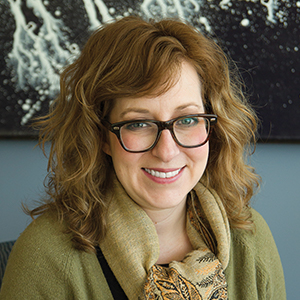Meet Padhu Pattabiraman
Padmanabhan “Padhu” Pattabiraman is an assistant professor in the ophthalmology department of Indiana University School of Medicine in Indianapolis. He’s one of three official tweeters for the American Society for Biochemistry and Molecular Biology’s annual meeting, which will be held in conjunction with Experimental Biology in April in Philadelphia. ASBMB Today talked to him about his background, interests and expectations for the meeting. The interview has been edited for length, clarity and style.

Tell me a bit about your background and educational journey. How/why did you wind up where you are? In other words, what’s your story?
I hail from Chennai, Tamil Nadu, India. I completed my bachelor’s and master’s in biochemistry and decided to move to Italy to do my Ph.D. in neuroscience at the International School for Advanced Studies in Trieste. Trieste is a very beautiful city on the northeast coast of the Adriatic Sea.
After completing my Ph.D., I moved to Duke University to do a postdoc in neuroscience and then in ophthalmology. During my postdoc years, I studied the role of Rho GTPase signaling in the regulation of cytoskeleton–extracellular matrix interactions in a very tiny yet important tissue called trabecular meshwork.
I was a research-track investigator at Case Western Reserve University, where I got multiple grants, including my R01 from the National Eye Institute, and then moved to the Eugene and Marilyn Glick Eye Institute at Indiana University School of Medicine to start a tenure-track position in 2019.
Tell me a bit about your studies/research.
My lab strives to understand what causes glaucoma and the racial disparities tied to it. I am passionate about this area of study because it poses a considerable health challenge to the world’s aging population. The predicted increase in glaucoma cases in the future is staggering considering the impact it would have on the quality of life for people across the globe and the economic burdens it would create for governments and taxpayers. Finding a cure and alleviating pain are the major inspirations to work on these areas.
Glaucoma is the second leading cause of blindness worldwide. About 2–4 % of the U.S. population currently suffers from glaucoma, and it’s most common in those older than 40 and people of color, particularly African Americans. Currently, there is no cure for blindness, and managing it can be difficult, as early symptoms of glaucoma often go unnoticed. Typically, peripheral vision loss due to elevated pressure makes the person go to the eye doctor.
My team strongly believes that primary open-angle glaucoma, or POAG — the most common form of the disease — is a combination of biochemical and biomechanical problems within the aqueous humor drainage pathway. Aqueous humor is a watery, plasmalike fluid produced within the eye that helps to nourish and cleanse the anterior portion of the eye. It’s drained predominantly through a tiny tissue called a trabecular meshwork that runs 360 degrees around the eye. But if this tissue becomes clogged, it leads to elevated intraocular pressure. Sustained intraocular pressure can cause compression on the retinal ganglion cell axons, which retract and eventually die.
My lab studies the significant knowledge gaps in the contribution of the actin and ECM in the regulation of outflow resistance
What else are you passionate about? What do you do in your spare time, or what kind of service really revs you up?
The other passion that I have is photography. I love taking pictures with my Canon of nature as much as human subjects. My favorite is night photography because it is very challenging. I love watching and playing cricket and football (soccer) and enjoy college basketball. I support the Indian men and women cricket teams, and Italy is my favorite football team. Duke is my favorite College basketball team. Bleeding blue all the way.
Which types of sessions do you expect to attend or are you most excited about?
This is my first ASBMB meeting … I am excited to attend sessions related to cytoskeleton dynamics, lipid biology, and mechanisms of extracellular matrix remodeling and tissue fibrosis.
Anything else you’d like to share?
This pandemic has robbed students and postdocs of chances to attend meetings for the past two years. I can’t wait for my student Ting Wang to attend her first in-person meeting. I am excited and cannot wait to listen to her present her work.
Enjoy reading ASBMB Today?
Become a member to receive the print edition four times a year and the digital edition monthly.
Learn moreGet the latest from ASBMB Today
Enter your email address, and we’ll send you a weekly email with recent articles, interviews and more.
Latest in People
People highlights or most popular articles

Bibel named assistant professor
She began her position at Loyola Marymount University in August 2025.

Unraveling the language of histones
Philip Cole presented his research on how posttranslational modifications to histones are involved in gene expression and how these modifications could be therapeutically targeted to treat diseases like cancer.
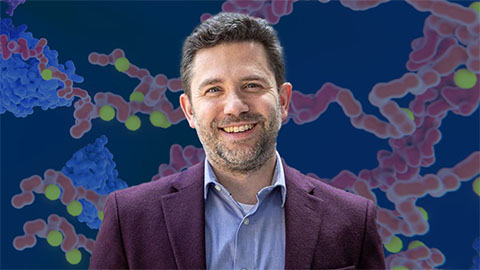
Cotruvo named Blavatnik award finalist
He received a $15,000 prize and was honored at a gala in October.
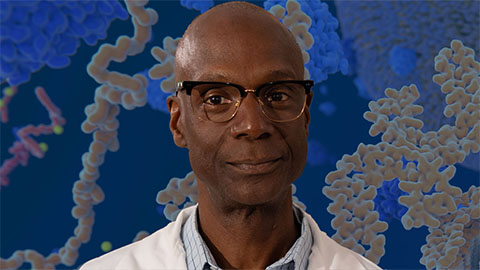
Phosphatases and pupils: A dual legacy
Yale professor Anton Bennett explores how protein tyrosine phosphatases shape disease, while building a legacy of mentorship that expands opportunity and fuels discovery in biochemistry and molecular biology.
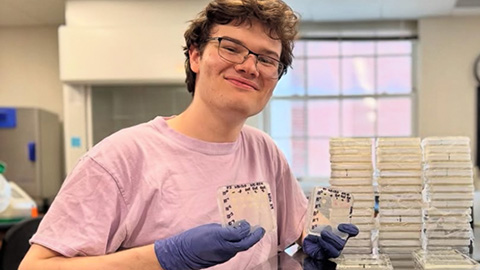
Summer research spotlight
The 2025 Undergraduate Research Award recipients share results and insights from their lab experiences.
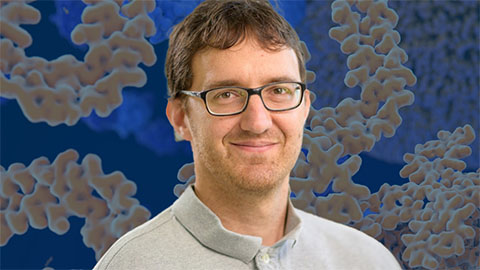
Truttmann recognized for cell stress research
He was honored by the Cell Stress Society International for his work on heat shock protein 70.

